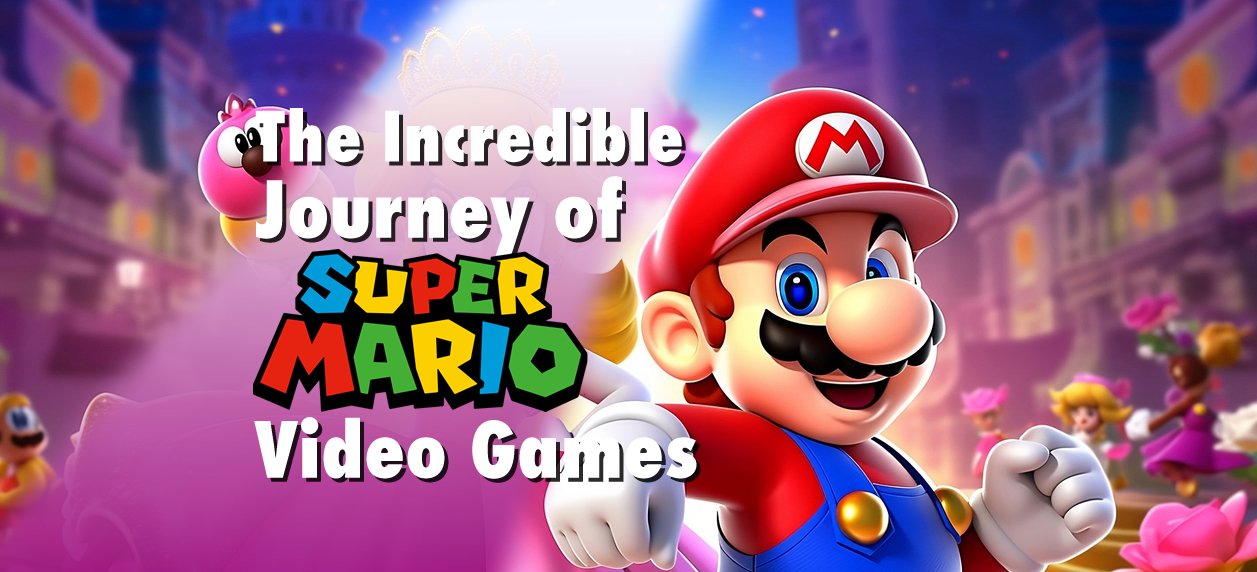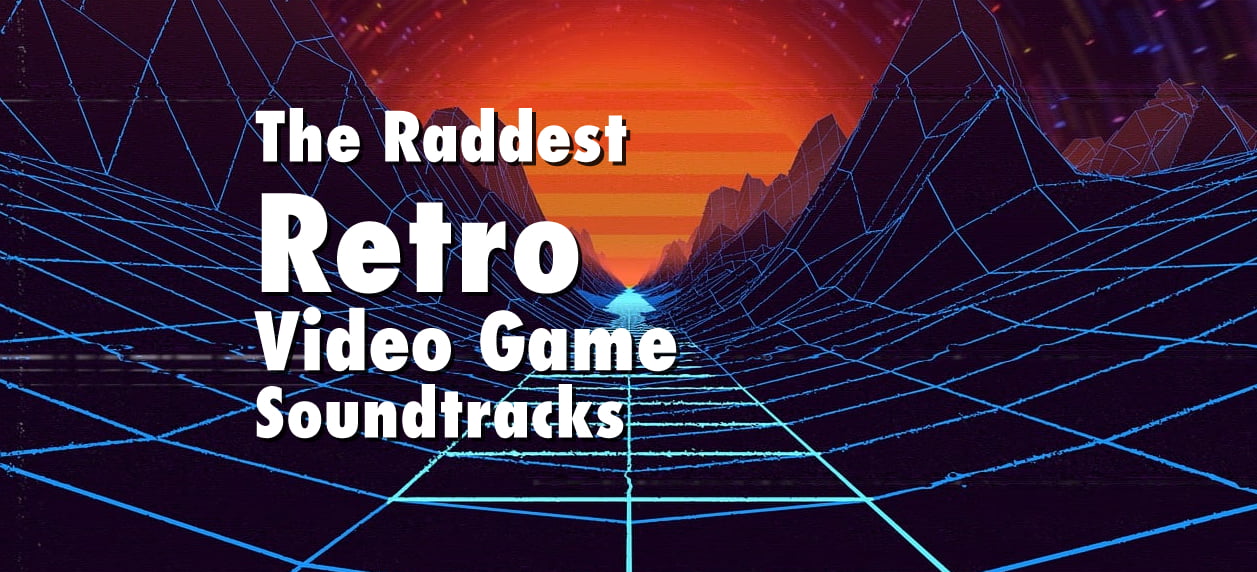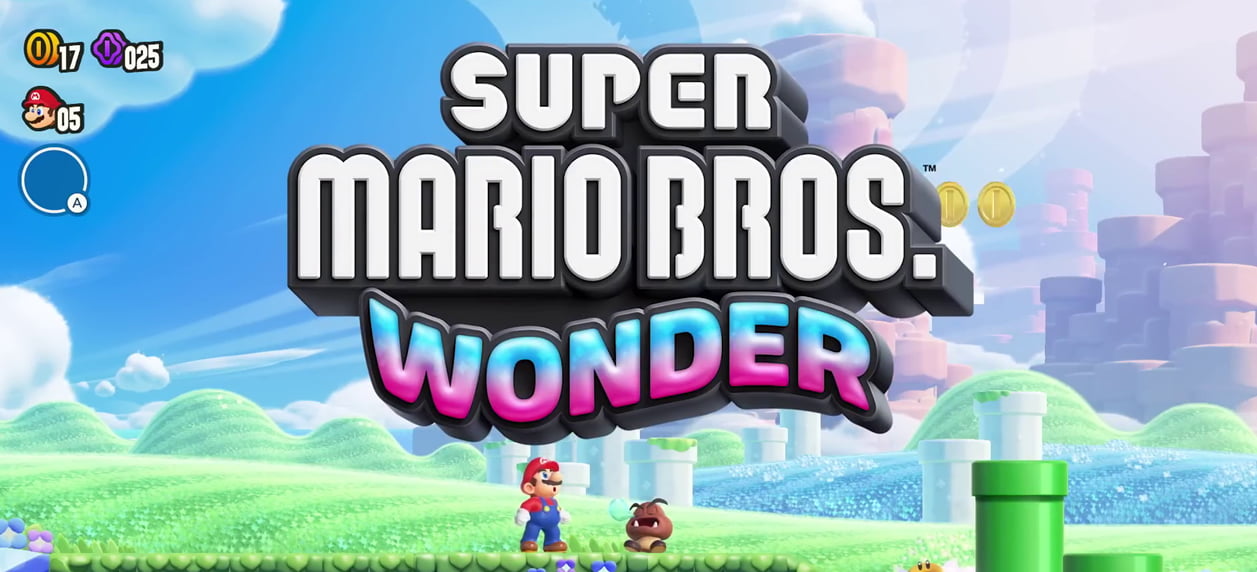In the vast universe of video games, few names stand as iconic and beloved as Super Mario Bros. Created by the legendary game designer Shigeru Miyamoto, this franchise has captivated players of all ages for decades. From its humble beginnings in the arcades to the cutting-edge consoles of today, Super Mario Bros. has carved a permanent place in the hearts of gamers worldwide.
Table of Contents
Join us on a nostalgic journey as we explore the rich history, characters, titles, sales, and social impact of this remarkable video game phenomenon.
The Birth of a Plumber's Odyssey: Genesis of Super Mario Bros.
Super Mario Bros. made its debut in 1985 as a revolutionary platformer for the Nintendo Entertainment System (NES). The game's premise was simple yet captivating: players guided the titular character, Mario, on a quest to rescue Princess Peach from the clutches of the nefarious Bowser. Navigating through colorful worlds filled with challenging obstacles and enemies, players embarked on a pixelated adventure that would lay the foundation for the entire series.
In the annals of video game history, few stories are as legendary as the inception of Super Mario Bros. This extraordinary journey began in the bustling heart of Japan, and its development sparked a revolution in the world of gaming. As we venture back to the origins of this iconic franchise, we uncover a tale of innovation, creativity, and a humble plumber who would become the face of a gaming empire.

The year was 1985, and the gaming landscape was quite different from today's. The industry was in its infancy, with a handful of pioneering companies striving to make their mark. One of these companies was Nintendo, led by the visionary game designer Shigeru Miyamoto. It was within the walls of Nintendo that the concept of Super Mario Bros. would emerge, and it was a far cry from the high-definition, immersive worlds of modern gaming.
Mario, our beloved protagonist, was not initially conceived as a plumber. In the earliest stages of development, he was a carpenter, designed for the game “Donkey Kong.” However, when the team transitioned to create “Super Mario Bros.,” the character was reimagined as a plumber, thanks to the simple yet clever idea that the game would be set in the underground tunnels of the Mushroom Kingdom.
The premise of “Super Mario Bros.” was straightforward yet innovative for its time. Players guided Mario through a side-scrolling world filled with platforms, pipes, and perilous obstacles. His quest was to rescue Princess Peach (then known as Princess Toadstool) from the clutches of the fire-breathing antagonist, Bowser, who had cast a spell on the kingdom's inhabitants, turning them into bricks and blocks.

The brilliance of Super Mario Bros. lay not only in its compelling gameplay but also in its level design. Each stage introduced new challenges, power-ups, and hidden secrets, allowing players to explore the depths of this fantastical world. Players could collect Super Mushrooms, Fire Flowers, and Super Stars, each granting Mario unique abilities, further enhancing the gaming experience.
The groundbreaking success of “Super Mario Bros.” cannot be understated. The game revitalized the video game industry after the infamous video game crash of 1983. Its compelling gameplay, engaging characters, and innovative design led to sales that exceeded 40 million copies worldwide. It wasn't just a game; it was a cultural phenomenon.
As the first step in a remarkable journey, “Super Mario Bros.” set the standard for platformers and paved the way for a plethora of sequels, spin-offs, and adaptations that continue to capture the imaginations of gamers around the globe. With a simple premise and boundless creativity, Shigeru Miyamoto and his team at Nintendo set out to craft an experience that would not only save a struggling industry but also leave an indelible mark on the world of entertainment
The Heroes and Villains: The Iconic Characters of Super Mario Bros.
At the heart of the Super Mario Bros. series are its iconic characters. Mario, the mustachioed plumber in his signature red cap and blue overalls, quickly became a pop culture phenomenon. His brother, Luigi, added a multiplayer dynamic to the mix, allowing friends to join in the fun. The villainous Bowser, with his spiked shell and fiery breath, became synonymous with video game antagonists. Not to forget, the mischievous Bowser Jr. and the quirky and intelligent companions like Yoshi, who added depth and diversity to the cast.

In the expansive world of Super Mario, the characters are the lifeblood of the gaming experience, each contributing a unique personality, charm, and challenge to the saga. As we journey deeper into the Mushroom Kingdom, let's explore the extensive cast of iconic characters that have made this franchise a beloved and enduring cornerstone of gaming.
The Heroes
Mario: At the helm of the Super Mario franchise stands the heroic plumber, Mario. With his recognizable red cap, blue overalls, and trademark mustache, he's the embodiment of bravery and determination. The character's inception can be traced back to Nintendo's quest for a relatable protagonist. Initially, Mario was conceived as a carpenter, a reflection of the game's early design. His name, Mario, was inspired by Mario Segale, the landlord of a warehouse housing Nintendo's office. Over the years, Mario has evolved into a gaming icon, with his adventures spanning countless titles and genres, from platformers to sports and racing games.
Luigi: Mario's younger brother, Luigi, adds a unique dimension to the series. Often depicted as taller and leaner, Luigi was introduced to foster multiplayer gameplay and cooperation. His character exemplifies the value of teamwork and collaboration, and he, too, has embarked on memorable adventures such as “Luigi's Mansion.”
Yoshi: An adorable, green dinosaur with a voracious appetite, Yoshi swiftly captured the hearts of fans. His ability to swallow enemies and flutter in the air revolutionized gameplay in “Super Mario World.” Yoshi has become a beloved companion, a trusty steed, and a symbol of Mario's enduring bond with the inhabitants of the Mushroom Kingdom.
Toad: The Mushroom Kingdom's cheerful, mushroom-headed inhabitants are collectively known as Toads. Their unwavering positivity and spirit of cooperation make them essential to Mario's adventures. Toad, in particular, is a recurring character who often provides valuable information and items to aid Mario in his quest.
Princess Peach: The elegant and beloved ruler of the Mushroom Kingdom, Princess Peach (formerly known as Princess Toadstool) is the object of Bowser's constant affection and kidnapping schemes. Although she initially played a traditional damsel-in-distress role, recent games have portrayed her as a strong, capable leader who occasionally joins Mario on his quests.
Princess Daisy: While primarily associated with the “Mario Kart” and “Mario Party” series, Princess Daisy has carved out her own niche in the Mushroom Kingdom. Her adventurous and athletic spirit complements the diverse cast of characters.
Rosalina: The enigmatic and serene Rosalina presides over the cosmos as the guardian of the Lumas. Her presence is most prominent in “Super Mario Galaxy,” where she assists Mario on his celestial quest. Rosalina's character design and backstory provide a deeper, more contemplative layer to the series.
Captain Toad: A fearless adventurer and explorer, Captain Toad stars in his own series of puzzle-platformer games. His lack of jumping ability presents unique challenges, making his adventures delightful brain teasers for players.
The Villains
Bowser: The Koopa King, Bowser, stands as the central antagonist of the series. A colossal, fire-breathing reptilian figure, his unyielding pursuit of power and Princess Peach's affections fuels the central conflict. Bowser's design was inspired by the dragon antagonist in “Popeye the Sailor.” He has become an enduring symbol of video game villainy, making his presence a cornerstone of the series.
Bowser Jr.: Bowser's mischievous and cunning son, Bowser Jr., is a welcomed addition to the Koopa family. Introduced in “Super Mario Sunshine,” he often finds himself entangled in his father's grand schemes, creating complex and endearing interactions within the Bowser family dynamic.
The Koopalings: Bowser's seven Koopaling children, including the likes of Ludwig, Lemmy, Roy, and Wendy, have been recurring adversaries in the series. Each Koopaling boasts a distinct personality and design, introducing variety to the challenges Mario faces throughout his adventures.
Kamek: The elder Magikoopa and Bowser's chief advisor, Kamek is a formidable magical foe. His appearances in various titles often lead to altered challenges and obstacles for Mario to overcome.
King Boo: As the ghostly monarch of the Boos, King Boo is a crafty and eerie antagonist. He's featured prominently in the “Luigi's Mansion” series and serves as a memorable boss in numerous other games.
Goombas and Koopa Troopas: The Mushroom Kingdom's most common enemies, Goombas and Koopa Troopas, add a delightful simplicity to the series. While these characters may appear as adversaries, they often serve as stepping stones and puzzle elements in Mario's adventures.
Wario: While more recognized for his role in the “Wario” series, Wario is an intriguing character in the Super Mario universe. He's Mario's greedy and mischievous counterpart, leading to memorable encounters and gameplay experiences.
Waluigi: The counterpart to Luigi, Waluigi is a relative newcomer to the series. Introduced as Wario's partner in mischief, he primarily appears in spin-off games like “Mario Kart” and “Mario Party.”
Super Mario's rich tapestry of characters ensures that each adventure is teeming with life and variety. The dynamic between these heroes and villains, along with their evolving roles and interactions, continues to captivate gamers and makes every installment an exciting journey waiting to be explored. As we anticipate the future of the Mushroom Kingdom, we eagerly await the new characters and experiences that will enrich this beloved gaming universe
Origins of a Mushroom Kingdom: A Whimsical Creation

The inspiration for Super Mario Bros. was drawn from a mix of creativity and limitation. Shigeru Miyamoto‘s love for exploration as a child and his experiences of interacting with the natural world played a pivotal role. The character “Mario” was named after Mario Segale, the landlord of a warehouse that housed Nintendo's office at the time. The iconic power-up items like the Super Mushroom and Fire Flower were created to introduce variety and excitement, turning Mario into a super-powered hero.
The Mushroom Kingdom is the whimsical, fantastical realm where Mario and his companions reside. Its creation and evolution are as intriguing as the adventures that unfold within its boundaries.
Inspired by Nature:
Shigeru Miyamoto, the mastermind behind Super Mario, drew inspiration from his childhood experiences in rural Japan. He spent much of his youth exploring the countryside, discovering caves, and wandering through forests. These childhood escapades fueled his imagination, and they are reflected in the design of the Mushroom Kingdom. The lush, vibrant landscapes and natural elements that appear throughout the series can be traced back to Miyamoto's love for nature.
The Mushroom Kingdom's First Appearance:
The Mushroom Kingdom made its debut in the original “Super Mario Bros.” game released in 1985. It was a kingdom under siege, with Princess Peach's castle at the heart of the turmoil. This introductory game set the stage for many future adventures, as players navigated through the kingdom's various worlds, each with its unique challenges and themes.
The Role of the Mushroom People:

The Mushroom Kingdom is inhabited by a race of anthropomorphic mushroom people known as Toads. These cheerful and loyal characters serve as the kingdom's inhabitants and are often seen helping Mario on his quests. The design of the Toads, with their mushroom-shaped heads and colorful vests, adds a unique and endearing aspect to the Mushroom Kingdom's culture.
The Enigmatic Mushroom Kingdom Ruler:
At the heart of the Mushroom Kingdom's lore is Princess Peach, the beloved and often kidnapped ruler. Her character has evolved over the years, from the damsel in distress to a strong and capable leader. Princess Peach's castle, perched atop rolling hills, has become an iconic image representing the kingdom's center of power.
The Forces of Darkness:
No kingdom is complete without its share of adversaries, and the Mushroom Kingdom is no exception. Bowser, the hulking, fire-breathing Koopa King, is the primary antagonist. His relentless pursuit of power and Princess Peach creates the central conflict in many Super Mario titles. The dynamic between Mario and Bowser is a driving force behind the series' enduring appeal.

Power-Ups and Magical Artifacts:
The Mushroom Kingdom is also home to a range of magical artifacts and power-ups. The Super Mushroom, Fire Flower, and Super Star are just a few of the items that have become iconic symbols of the franchise. These items add depth to gameplay and often play a crucial role in Mario's adventures.
A Dynamic and Ever-Evolving Realm:
Over the years, the Mushroom Kingdom has evolved and expanded. New worlds, characters, and challenges have been introduced in each installment of the Super Mario series. From the icy landscapes of the Snow Kingdom to the fiery depths of Bowser's Castle, players continue to discover new wonders within the kingdom's borders.
A Kingdom of Endless Imagination

The origins of the Mushroom Kingdom are rooted in the creative mind of Shigeru Miyamoto, who drew from his childhood experiences and love of nature to craft a whimsical and enduring world. It has served as the canvas for countless adventures, challenges, and memorable moments in the Super Mario series.
As players continue to explore this fantastical realm in “Super Mario Bros. Wonder” and beyond, they will be reminded of the timeless appeal of the Mushroom Kingdom—a place where imagination knows no bounds, and where the spirit of adventure is always alive.
A Trailblazing Legacy of Titles
The Super Mario Bros. series isn't just defined by its iconic characters and gameplay—it's also a testament to Nintendo's creativity and innovation, resulting in a trailblazing legacy of titles that have shaped the gaming landscape. From the original 1985 release to the modern-day adventures, each entry has added something new and exciting to Mario's universe.
Super Mario Bros. (1985):



The game that started it all. This classic platformer introduced players to Mario's world and set the foundation for the entire series. It sold over 40 million copies worldwide and became synonymous with the NES console. The game's design, music, and level structure were groundbreaking at the time, showcasing Nintendo's mastery of game development.
Super Mario Bros. 2 (1988):



This sequel took a creative departure from the first game, offering unique gameplay mechanics and the option to play as Mario, Luigi, Toad, or Princess Peach. Interestingly, it was initially released in Japan as a different game called “Doki Doki Panic” before being rebranded as a Mario title for international audiences.
Super Mario Bros. 3 (1988):



Widely regarded as one of the best games of all time, this entry introduced the iconic Super Leaf power-up, which allowed Mario to fly. It featured an overworld map, giving players a sense of exploration, and multiple themed worlds filled with secrets and challenges. With sales surpassing 18 million copies, it solidified Mario's status as a gaming superstar.
Super Mario World (1990):



Launching with the Super Nintendo Entertainment System (SNES), this game showcased the power of the new console. It introduced Yoshi, Mario's lovable dinosaur companion, and expanded the series with multiple hidden exits and intricate level design. The game was bundled with the SNES and went on to sell over 20 million copies.
Super Mario 64 (1996):



A revolutionary leap into the world of 3D gaming, this title redefined platformers and set the standard for 3D exploration. With its open-world design, innovative camera controls, and memorable levels, it remains a benchmark in the industry. Super Mario 64 sold over 11 million copies and showcased Nintendo's ability to adapt to changing technologies.
Super Mario Sunshine (2002):



This installment took Mario to the tropical Isle Delfino, armed with a water-spraying backpack called the F.L.U.D.D. The game experimented with environmental themes and introduced a new gameplay mechanic. While it didn't reach the sales of its predecessors, it still garnered a dedicated fanbase.
Super Mario Galaxy (2007):



Returning to a more linear 3D platformer, Super Mario Galaxy wowed players with its imaginative gravity-based gameplay and celestial environments. It received critical acclaim and sold over 12 million copies worldwide. Its sequel, “Super Mario Galaxy 2” (2010), continued the space-themed adventure, further expanding Mario's cosmic journey.
Super Mario 3D World (2013):



Originally released for the Wii U, this multiplayer-focused title combined traditional 3D gameplay with cooperative mechanics. It featured unique power-ups like the Super Bell, transforming characters into cats with special abilities. The enhanced port for the Nintendo Switch, “Super Mario 3D World + Bowser's Fury” (2021), introduced even more content.
Super Mario Odyssey (2017):



A pinnacle of creativity, this game blended open-world exploration with the ability to control objects and enemies using Mario's hat, Cappy. The game's captivating kingdoms, memorable soundtrack, and captivating gameplay earned it widespread acclaim and sales exceeding 20 million copies.
Super Mario Bros. Wonder (2023):



The highly anticipated release of Super Mario Bros. Wonder. Nintendo has once again brought our favorite mustachioed hero back to the forefront of the gaming world with a fresh installment that promises to deliver wonder, excitement, and nostalgia in equal measure.
The Super Mario Bros. series has seen numerous spin-offs, crossovers, and adaptations, showcasing Mario's versatility across different genres and platforms. From racing games like “Mario Kart” to sports titles like “Mario Tennis” and even puzzle games like “Dr. Mario,” Mario's presence is felt in almost every aspect of gaming.
Each title in the Super Mario Bros. series contributes to the overarching narrative and showcases the evolution of gaming technology and design. With a history spanning decades, these games continue to be cherished by both nostalgic fans and newcomers alike. They serve as a testament to the enduring creativity of Nintendo and the lasting impact of a simple plumber's journey through pixelated worlds.
Sales That Broke Records
The success of Super Mario Bros. wasn't just a hit—it was a cultural phenomenon. With over 40 years in the gaming industry, the franchise has sold over 380 million copies, making it one of the best-selling video game series of all time. The original Super Mario Bros. game alone sold over 40 million copies worldwide, propelling it to legendary status. Every new title release was met with anticipation and excitement, driving fans to line up at stores and wait eagerly for the next chapter in Mario's journey.
Jumping into Society's Heart

Super Mario Bros. didn't just impact the gaming world; it embedded itself into the fabric of society. The game's vibrant characters and catchy tunes became ingrained in popular culture, inspiring movies, TV shows, merchandise, and even theme park attractions. The game's influence extended beyond entertainment, inspiring countless game developers to push the boundaries of creativity. It also helped define the platformer genre and set the standard for future generations of games.
Revolutionizing Gameplay and Technology
As technology evolved, so did the Super Mario Bros. series. The Nintendo Switch, a versatile hybrid console, brought players the critically acclaimed “Super Mario Odyssey.” This title combined traditional 3D platforming with open-world exploration, introducing new abilities like possessing objects and enemies. The game's stunning visuals and imaginative level design showcased the power of modern gaming technology while honoring the series' nostalgic roots.
The Future of the Plumber's Adventure
Looking ahead, the Super Mario Bros. series continues to thrive. With each new title, Nintendo embraces innovation while maintaining the core elements that have made Mario an enduring symbol of gaming excellence. As fans eagerly anticipate upcoming releases and dive into nostalgic reimaginations, the legacy of Super Mario Bros. remains as vibrant as ever.

Super Mario Bros. isn't just a video game series; it's a cultural phenomenon that has left an indelible mark on the world of entertainment.
From its humble beginnings to its evolution into modern masterpieces, Mario's adventures have captured the hearts of gamers for generations. The characters, worlds, and innovations introduced by Super Mario Bros. continue to inspire creativity and remind us of the joy of exploration and discovery.
As we continue to jump, stomp, and explore alongside Mario, we celebrate not only the games themselves but also the enduring spirit of fun and adventure they represent.
This blog post may contain references to video game titles and their related trademarks. All intellectual property rights for these titles and trademarks belong to their respective owners, which may include but are not limited to game developers, publishers, and licensors. This content is used for informational and commentary purposes only, and no copyright infringement is intended. The inclusion of these titles and trademarks is meant to acknowledge and discuss their significance within the context of the blog post. If you are a copyright holder and believe that your rights have been infringed upon, please contact us, and we will promptly address your concerns




